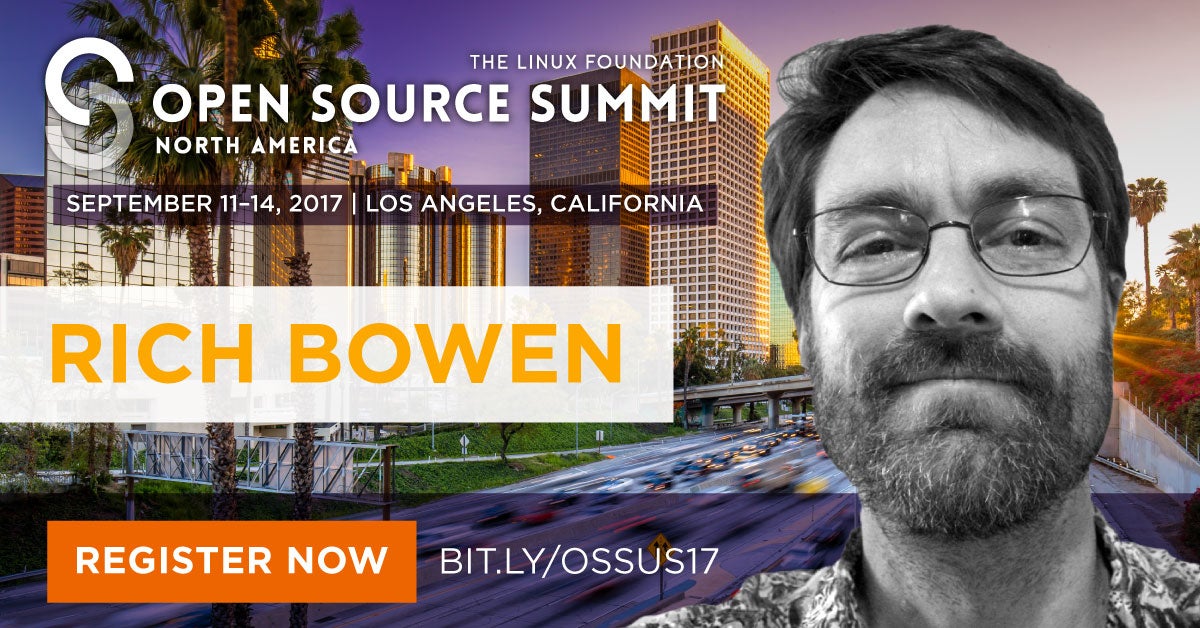We’ve been trundling along nicely in IPv6, and now it is time to keep my promise to teach some iptables rules for IPv6. In this two-part series, we’ll start by examining some common IPv6 security myths. Every time I teach firewalls I have to start with debunking myths because there are a lot of persistent weird ideas about the so-called built-in IPv6 security. In part 2 next week, you will have a nice pile of example rules to use.
Security yeah, no
You might recall the optimistic claims back in the early IPv6 days of all manner of built-in security that would cure the flaws in IPv4, and we would all live happily ever after. As usual, ’tisn’t exactly so. Let’s take a look at a few of these.
IPsec is built-in to IPv6, rather than added on as in IPv4. This is true, but it’s not particularly significant. IPsec, IP Security, is a set of network protocols for encrypting and authenticating network traffic. IPsec operates at the Network layer. Other encryption protocols that we use every day, such as TLS/SSL and SSH, operate higher up in the Transport Layer, and are application-specific.
IPsec operates similarly to TLS/SSL and SSH with encryption key exchanges, authentication headers, payload encryption, and complete packet encryption in encrypted tunnels. It works pretty much the same in IPv6 and IPv4 networks; patching code isn’t like sewing patches on clothing, with visible lumps and seams. IPv6 is approaching 20 years old, so whether certain features are built-in or bolted-on isn’t relevant anyway.
The promise of IPsec is automatic end-to-end security protecting all traffic over an IP network. However, implementing and managing it is so challenging we’re still relying on our old favorites like OpenVPN, which uses TLS/SSL, and SSH to create encrypted tunnels.
IPsec in IPv6 is mandatory. No. The original specification required that all IPv6 devices support IPsec. This was changed in 2011 RFC 6434 Section 11 from MUST to SHOULD. In any case, having it available is not the same as using it.
IPsec in IPv6 is better than in IPv4. Nah. Pretty much the same.
NAT = Security. No no no no no no, and NO. NAT is not and never has been about security. It is an ingenious hack that has extended the lifespan of IPv4 many years beyond its expiration date. The little bit of obfuscation provided by address masquerading doesn’t provide any meaningful protection, and it adds considerable complexity by requiring applications and protocols to be NAT-aware. It requires a stateful firewall which must inspect all traffic, keep track of which packets go to your internal hosts, and rewrite multiple private internal addresses to a single external address. It gets in the way of IPsec, geolocation, DNSSEC, and many other security applications. It creates a single point of failure at your external gateway and provides an easy target for a Denial of Service (DoS) attack. NAT has its merits, but security is not one of them.
Source routing is built-in. This is true; whether it is desirable is debatable. Source routing allows the sender to control forwarding, instead of leaving it up to whatever routers the packets travel through, which is usually Open Shortest Path First (OSPF). Source routing is sometimes useful for load balancing, and managing virtual private networks (VPNs); again, whether it is an original feature or added later isn’t meaningful.
Source routing presents a number of security problems. You can use it to probe networks and gain information and bypass security devices. Routing Header Type 0 (RH0) is an IPv6 extension header for enabling source routing. It has been deprecated because it enables a clever DoS attack called amplification, which is bouncing packets between two routers until they are overloaded and their bandwidth exhausted.
IPv6 networks are protected by their huge size. Some people have the idea that because the IPv6 address space is so large this provides a defense against network scanning. Sorry but noooo. Hardware is cheap and powerful, and even when we have literally quintillions of potential addresses to use (an IPv6 /64 network segment is 18.4 quintillion addresses) we tend to organize our networks in predictable clumps.
The difficulties of foiling malicious network scanning are compounded by the fact that certain communications are required for computer networks to operate. The problem of controlling access is beyond the abilities of any protocol to manage for us. Read Network Reconnaissance in IPv6 Networks for a lot of interesting information on scanning IPv6 networks, which attacks require local access and which don’t, and some ways to mitigate hostile scans.
Multitudes of Attack Vectors
Attacks on our networks come from all manner of sources: social engineering, carelessness, spam, phishing, operating system vulnerabilities, application vulnerabilities, ad networks, tracking and data collection, snooping by service providers… going all tunnel vision on an innocent networking protocol misses almost everything.
Come back next week for some nice example IPv6 firewall rules.
You might want to review the previous installments in our meandering IPv6 series:
- Practical Networking for Linux Admins: TCP/IP
- Practical Networking for Linux Admins: Real IPv6
- Practical Networking for Linux Admins: IPv4 and IPv6 LAN Addressing
- Practical Networking for Linux Admins: IPv6 Routing
Learn more about Linux through the free “Introduction to Linux” course from The Linux Foundation and edX.













